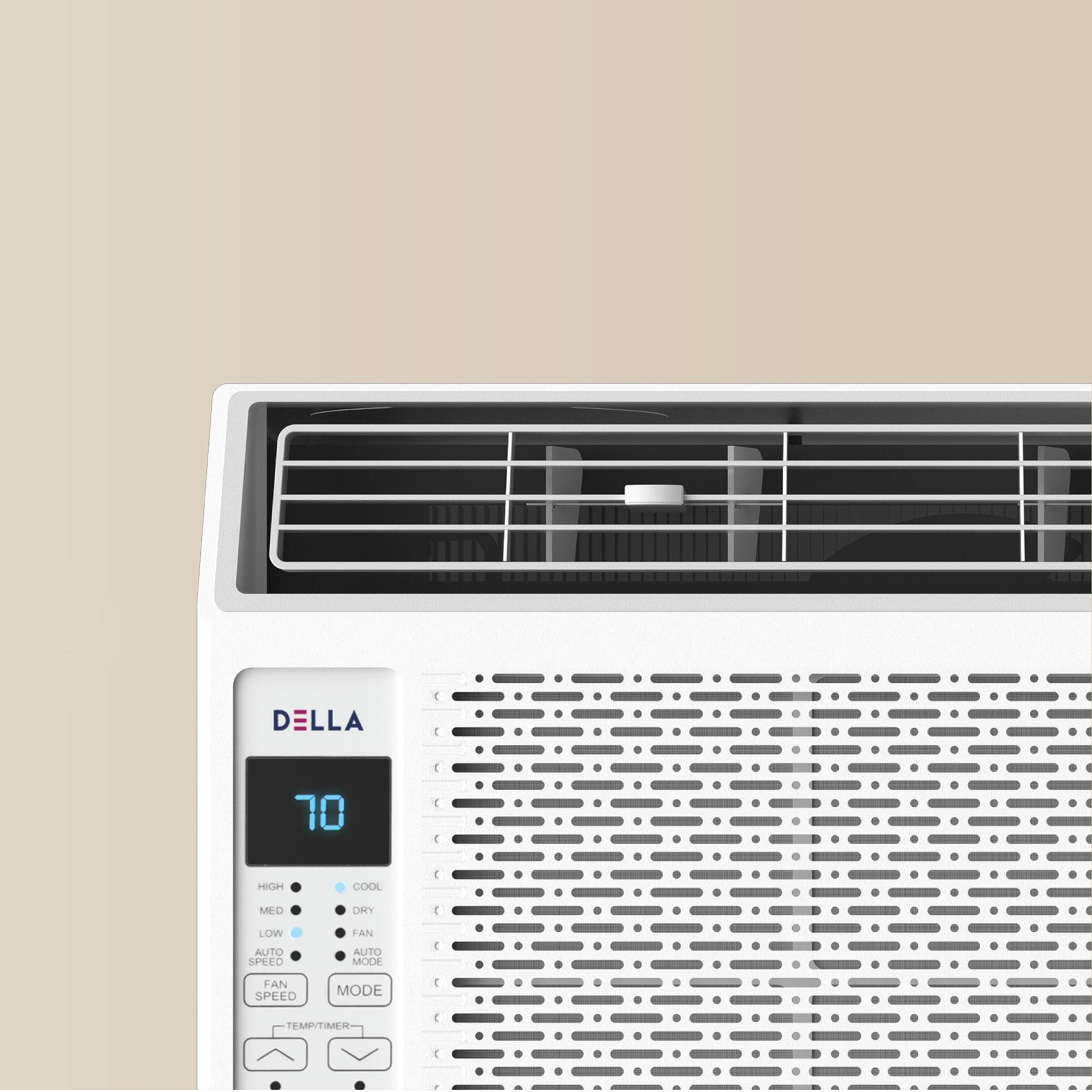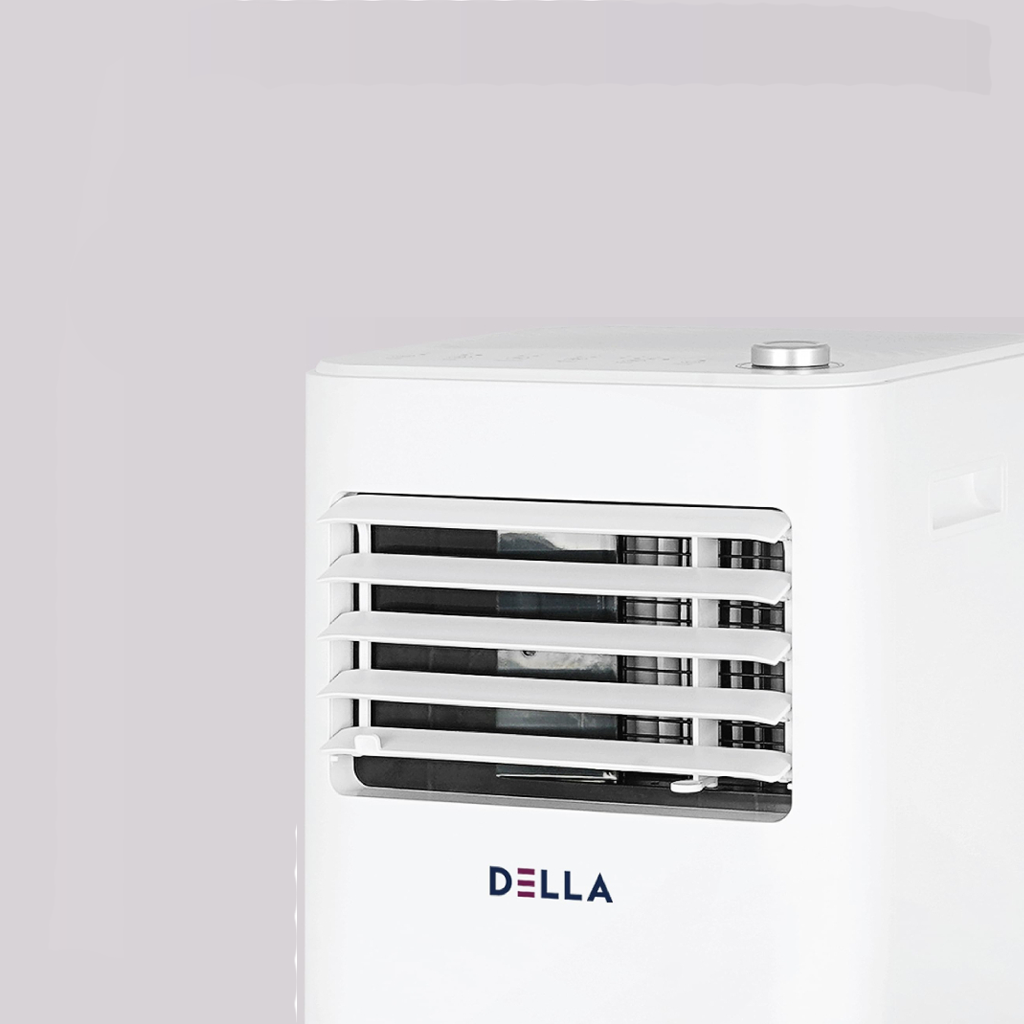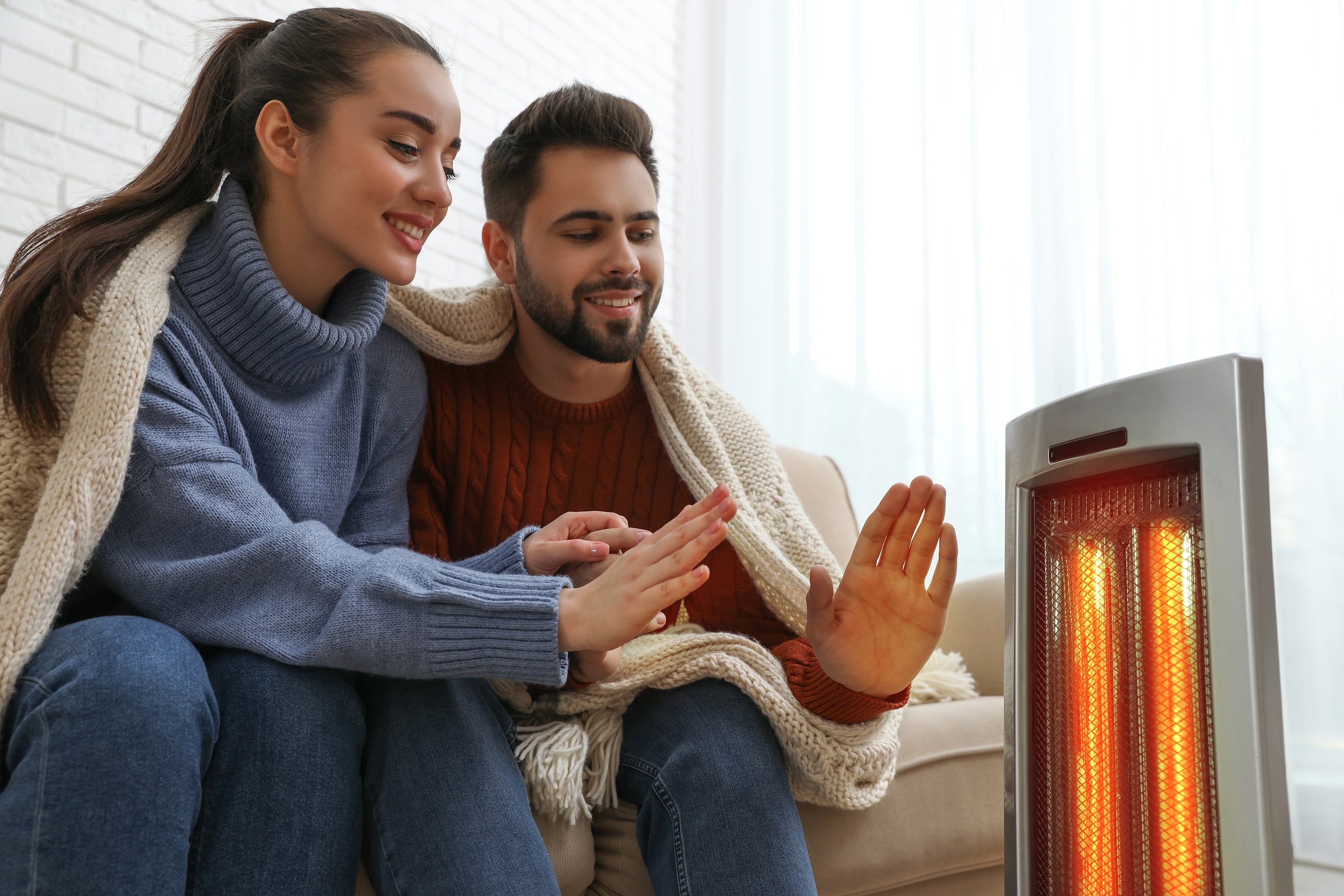Air purifiers have become increasingly popular as people become more conscious of the air quality in their living spaces. These devices utilize a variety of technologies to cleanse the air of pollutants and allergens while catering to the varying needs of consumers and the specific challenges they face in their environments. From compact units suited for personal spaces to larger systems designed for entire homes or offices, these devices can target an array of pollutants.
Air Purifier History
A quick recap of the history of the air purifier will help explain how, essentially, air purifiers have been instrumental in filtering airborne particles for over 170 years. Their inception dates back to 1848 when Lewis P. Haslett designed an early model. The game-changer in air purification was the HEPA filter, first inspired by a special paper in German gas masks during World War II. Developed during the Manhattan Project by the U.S. Army Chemical Corps and other experts to counter harmful gasses and threats, its post-war applications expanded to household items like vacuum cleaners.
The Clean Air Act of 1963 bolstered the use of HEPA filters in home air purifiers due to rising air quality concerns. This marked both the beginning and the importance of air purifiers that utilize HEPA filters as the highest standard, even as new types emerged.
To go more in depth of the air purifier's history, check out our previous blog here.
The 5 Types of Air Purifiers
With a foundational understanding of the beginning of air purifiers and HEPA filters, let’s examine all of the options available. According to Allergy & Air, there are 5 main types of air purifiers, which are:
HEPA Filters
These air filters are the primary type of air purifiers available in the market. HEPA, or High Efficiency Particulate Air filters, are advanced filtration systems designed to capture very small particles. As mentioned in our <previous blog/backlink> they can trap up to 99.97% of airborne particles that are 0.3 microns or larger such as dust, smoke, and other contaminants. They're commonly used in environments that require stringent air cleanliness like hospitals, laboratories, or homes with allergy sufferers.
UV-C Light Purifiers
UVC technology uses a wavelength shorter than UVA and UVB light (each measured at a specific nanometer range) which is higher in air purifiers primarily targets and destroys germs like viruses and bacteria. The shorter the wavelength, the more effective it is at destroying bacteria and viruses. Typically, these air purifiers have a UV lamp, and as microorganisms are exposed to its UV rays, they're destroyed through cellular damage. Additionally, UV air purifiers can convert air's oxygen and water molecules into ozone and hydroxyl.
These active molecules neutralize air pollutants, turning them into benign substances like water and carbon dioxide. However, since ozone can be harmful, there are hydroxyl UV purifiers that minimize or eliminate the production of ozone from its UV. The purifier's efficiency relies on the UV lamp's wattage and the duration of light exposure. It's crucial to maintain and replace the UV lamp as per the manufacturer’s guidance. For optimal performance, UV technology should be paired with a preceding filter system, like HEPA and activated carbon, to ensure microorganisms aren't shielded from UV rays by particulates.
Activated Carbon Filters
Activated carbon, made highly porous for superior absorption, has a long history, from being used by ancient Egyptians, to purifying water in the early for sailors in the 16th to 18th centuries, and being experimented with in WWI gas masks. These filters can be used alone but are generally placed as a secondary filter alongside a HEPA filter system.
Today's carbon filters trap various pollutants, including chemical emissions and odors, making the air cleaner. Especially beneficial for those with Multiple Chemical Sensitivity (MCS), they absorb substances like formaldehyde from household items and remove other common pollutants.
Activated carbon air filters can be beneficial in a few ways:
-
Volatile Organic Compounds (VOCs): Activated carbon filters are proficient in removing VOCs from the air, substances that are gaseous and typically evade other mechanical filters such as HEPA filters. They can eliminate gases from the air that originate from sources like cigarette smoke, drying paint, or cleaning products. Specific compounds, including benzene, toluene, xylene, and certain chlorinated compounds, can be eradicated by carbon filters.
-
Odors: Ordinary mechanical air purifiers, which can filter particles only, fail to obliterate unpleasant odors. As a result, people frequently resort to using carbon filters to reduce smells although it's important to note they cannot eliminate them entirely.
However, while effective against many contaminants, their ability to filter distant allergens and particles is limited unless directed through the filter. For comprehensive air purification, high-quality purifiers that address both particulates and chemicals are recommended.
Negative Ion
Negative ion air purifiers operate on a simple but effective principle. Instead of relying on filters to trap contaminants, these devices release a steady stream of negatively charged ions into the air. These negative ions bond with positively charged particles in the environment, such as dust, pollen, smoke, and other pollutants. Once bonded, the combined particle-ion units become heavier, causing them to settle out of the air and onto surfaces, like floors and furniture. They will have to be further vacuumed to be completely removed.
As a result, the air is effectively "cleansed" of these particles. It's important to note that while negative ion purifiers can help reduce airborne particles, they don't remove gasses or odors and the settled particles can be reintroduced into the air if the settled particles are disturbed. Regular cleaning or pairing them with other purification methods can help optimize air quality.
Ozone
According to the California Air Resources Board, “Indoor ‘air purifiers’ or air cleaners that intentionally emit ozone are often called ‘ozone generators,’” and “because ozone reacts with some other molecules, manufacturers claim that the ozone produced by these devices can purify the air and remove airborne particles, chemicals, mold, viruses, bacteria, and odors. However, ozone is only partially effective at cleaning the air when it is used at extremely high, unsafe levels that pose a serious health risk.”
Ozone air purifiers produce ozone (O₃), which, despite marketing claims, has not been approved by any federal agency and has been deemed potentially unsafe by health professionals. The United States Environmental Protection Agency suggests that ozone exposure can exacerbate asthma and even cause lung scarring. While various brands differ in ozone production, they often struggle to effectively neutralize indoor chemicals and don't filter particulates like dust.Ion generators operate by electrifying the particulates within a room, which in turn draws them towards surfaces such as walls, floors, tabletops, draperies, and even occupants. However, these particles can become airborne once again due to friction or abrasion. To manage this, some ion generators come equipped with a collector that pulls the electrified particles back towards the device.
How To Choose the Best Air Purifier
As the quest for clean air continues, the choice of air purifier becomes a pivotal decision. With a plethora of options on the market, it's crucial to make an informed choice that aligns with your specific needs. Many health experts recommend using an air purifier and vacuum with HEPA filters.
CNN shares some helpful tips when it comes to choosing the best purifier for you and your family. For optimal air purification in a room, an air purifier should effectively remove particles and gasses using filters and circulate the room's air multiple times per hour via a fan.
While manufacturers often specify a maximum or recommended room size and air exchange rates, it's beneficial to check the Clean Air Delivery Rate (CADR) for smoke, dust, and pollen. CADR ratings, which indicate how swiftly the device purifies specific pollutants per cubic foot of air per minute, offer a more accurate measure of an air purifier's efficiency regardless of room size. Higher CADR ratings signify suitability for larger spaces or more frequent air exchanges.
To select the right air purifier, calculate your room's square footage and aim for a CADR rating about two-thirds that figure. For instance, a 100-square-foot room needs a minimum CADR rating of 65. Ensure the air purifier displays a CADR rating or the “AHAM Verified” logo, or refer to AHAM's database for certified purifiers. Avoid overly powerful units because, as Jill Notini from AHAM suggests, too large can mean excessive noise, leading users to switch them off. Opt for purifiers running at low levels for less noise.
Choosing From the Different Types of Air Purifiers
As our understanding of indoor air quality deepens, it becomes clear that investing in a reliable air purifier is more than just a trend; it's a proactive step towards a healthier home environment. Air purifiers equipped with HEPA filters offer an effective defense against a range of pollutants, including viruses and bacteria. However, they work best when integrated into a holistic approach that includes proper ventilation, regular cleaning, and adherence to hygiene practices.
So, as you embark on the journey of finding the best air purifier for your home, remember that it's not a one-size-fits-all solution. Consider your specific needs, the size of your space, and the presence of any respiratory sensitivities. And that’s precisely why Della offers several options of mini-splits that help with air filter cleaning reminders and high temperature sterilization to help improve your home’s indoor air quality. By combining the power of technology with good old-fashioned cleanliness, you can breathe easier and create a safer haven for yourself and your loved ones. After all, in the pursuit of well-being, every breath matters.














